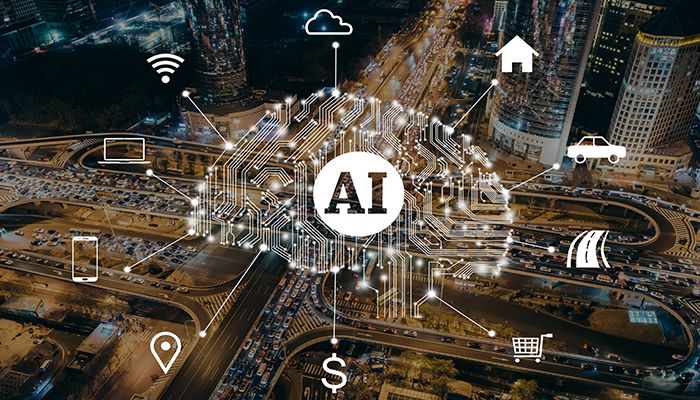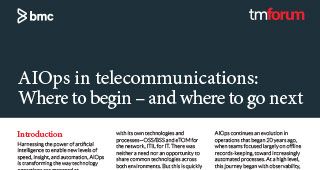As operators drive to increase the velocity and scale of Service Assurance processes across their complex, converging enterprise IT and network domains, automation has become a critical priority. In my last blog, I discussed the need for new approaches to key Service Assurance processes. In this blog, I’ll delve more deeply into how operators can leverage automation to meet key challenges, including:
- Bringing context and intelligence to trouble ticketing
- Reducing the cost and customer impact of change
- Operator-guided automation
Bringing context and intelligence to trouble ticketing
Converging trends are bringing trouble ticketing to the top of the agenda for telecommunications transformation. Rapidly changing technologies and rising complexity are increasing the potential for problems to emerge throughout the network, often with causes and impacts that are less well understood. At the same time, intense competition makes customer satisfaction critical for success and growth. Meanwhile, network staff must find faster, more efficient ways to resolve problems to avoid becoming overwhelmed.
To solve these challenges, operators need to be able to use data more effectively to provide the context that drives intelligence. Automated, AI-powered analysis of complex datasets, presented through graphic interfaces, can help operations teams identify patterns in performance, alarm, and ticket data across network, infrastructure, and cloud environments. Armed with this insight, network staff can intelligently correlate multiple problems into a common root cause or set of customer impacts in order to create, assess, assign, and remediate trouble tickets more quickly and efficiently.
Reducing the cost and customer impact of change
Whether human-initiated or machine-generated, the rate and complexity of change continues to increase. Traditional approaches to change can’t accommodate this at the speed and scale necessary to meet ongoing network transformation, changing customer requirements, and performance management. Operators need to be able to improve the success rate of change, better understand its impacts on cost and quality, understand complex change interactions, and optimize scheduling to minimize customer impact.
By automating change assessment and scheduling for agent-initiated change, operators can reduce human involvement while reducing cost and increasing success. As changes are planned, potential customer disruption can be predicted and mitigated more effectively, and the change itself can be automated. AI and automation can also support fully automated change assessment and scheduling for machine-generated changes to eliminate human interaction entirely.
Operator-guided automation
Operator-guided automation is an intermediate but often critical stage of Service Assurance on the journey to fully autonomous networks and self-governing systems. Before operators turn over control entirely to AI and closed-loop automation, they can first choose to take a semi-automated approach. Following an assessment in which the system determines what level of human interaction is needed, AI-driven intelligent automation can guide operators to the right trouble remediation actions or enable fully automated remediation. In either case, the success of actions is measured to improve accuracy. As manual intervention is reduced and eliminated, the operator can process toward fully closed-loop automation.
Evolving to AIOps
To deliver a competitive customer experience, operators must enable a shift of Service Assurance from fixing problems that have already emerged, to using system data to enable a predictive approach in which problems are averted before they compromise service quality, and AI makes it possible to assess common underlying problems across systems. More broadly, operations teams can use big data, machine learning, and analytics to identify patterns in monitoring, capacity, and automation data across complex technology infrastructure. Based on this insight, they can work more quickly and effectively to improve the speed, quality, and cost-efficiency of service delivery. Ultimately, the goal is to enable fully autonomous delivery in which real-time automation ensures optimal service quality with the speed, scale, and efficiency required for modern operator environments.
In my next blog, I’ll discuss using AIOps to deliver an improve customer experience, including improving operator visibility across all customer touchpoints, automating problem resolution, and improving service quality management.







